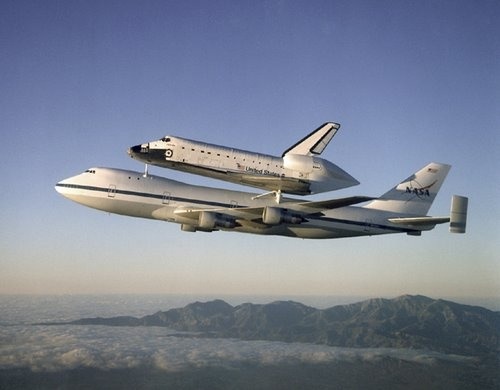
Space Shuttle Photos – The Space Shuttle Atlantis atop the Shuttle Carrier Aircraft (SCA) returns to the Kennedy Space Center after a ten month refurbishment.
keywords: NASA, STS, Atlantis, Shuttle carrier


keywords: NASA, STS, Atlantis, Shuttle carrier
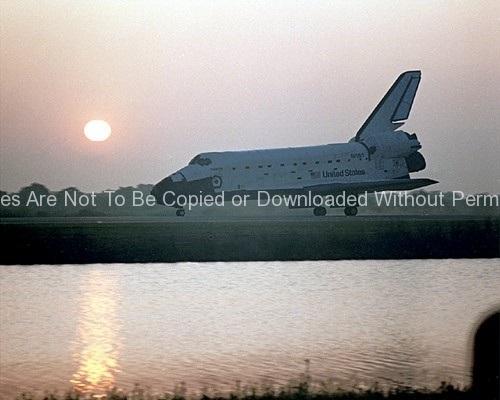

keywords: NASA images, Space Shuttle, Atlantis, Parked Space Shuttle, Edwards Air Force Base
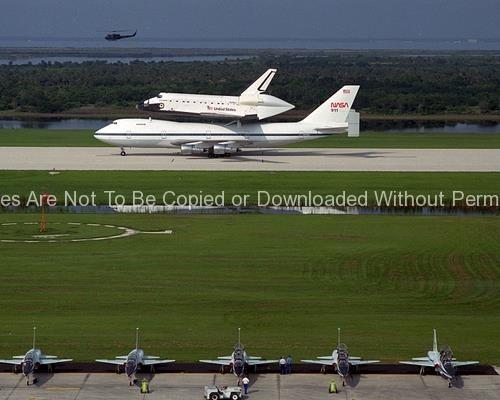

keywords: NASA images, Space Shuttle Endeavour arrival at KSC, Kennedy, space shuttle on top of a plane
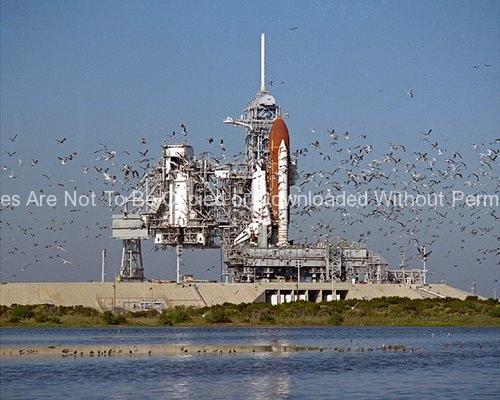

keywords: NASA, STS, Atlantis, Birds
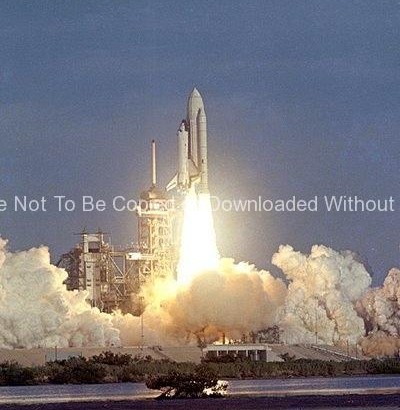
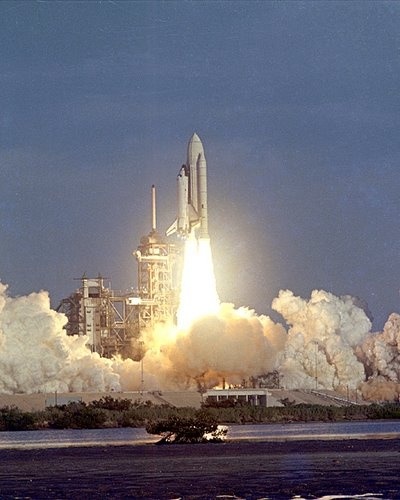
keywords: NASA, STS-1, Space Shuttle Maiden Voyage, Pride in America, technology, first launch

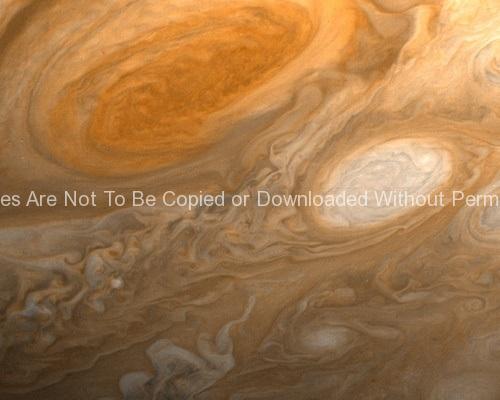
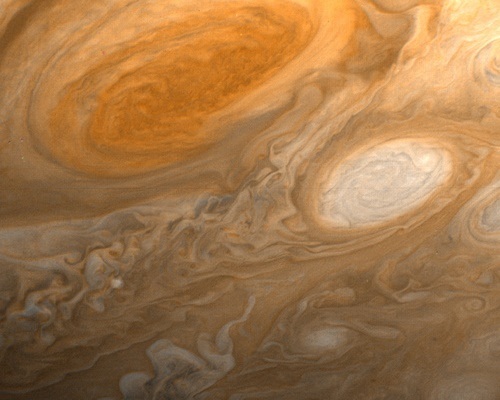
keywords: Jupiter, red spot, space images
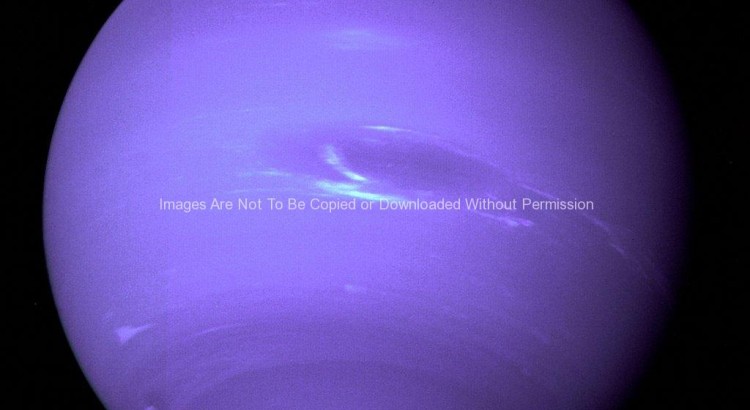
keywords: Neptune, space photos

keywords: Neptune, Tritron, moon
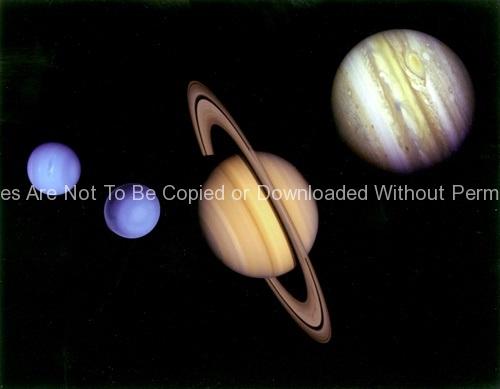
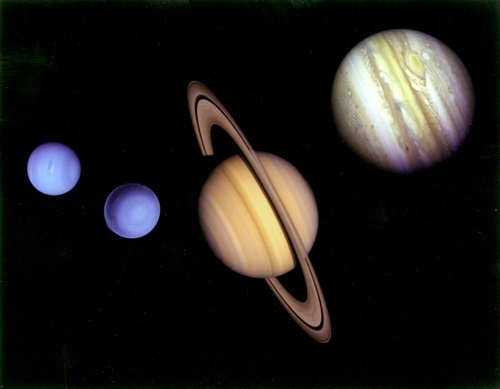
keywords: planets